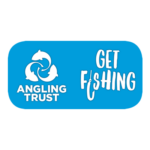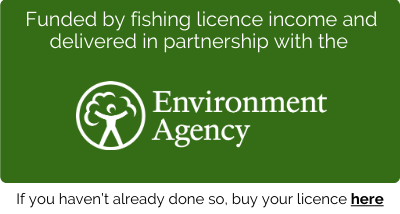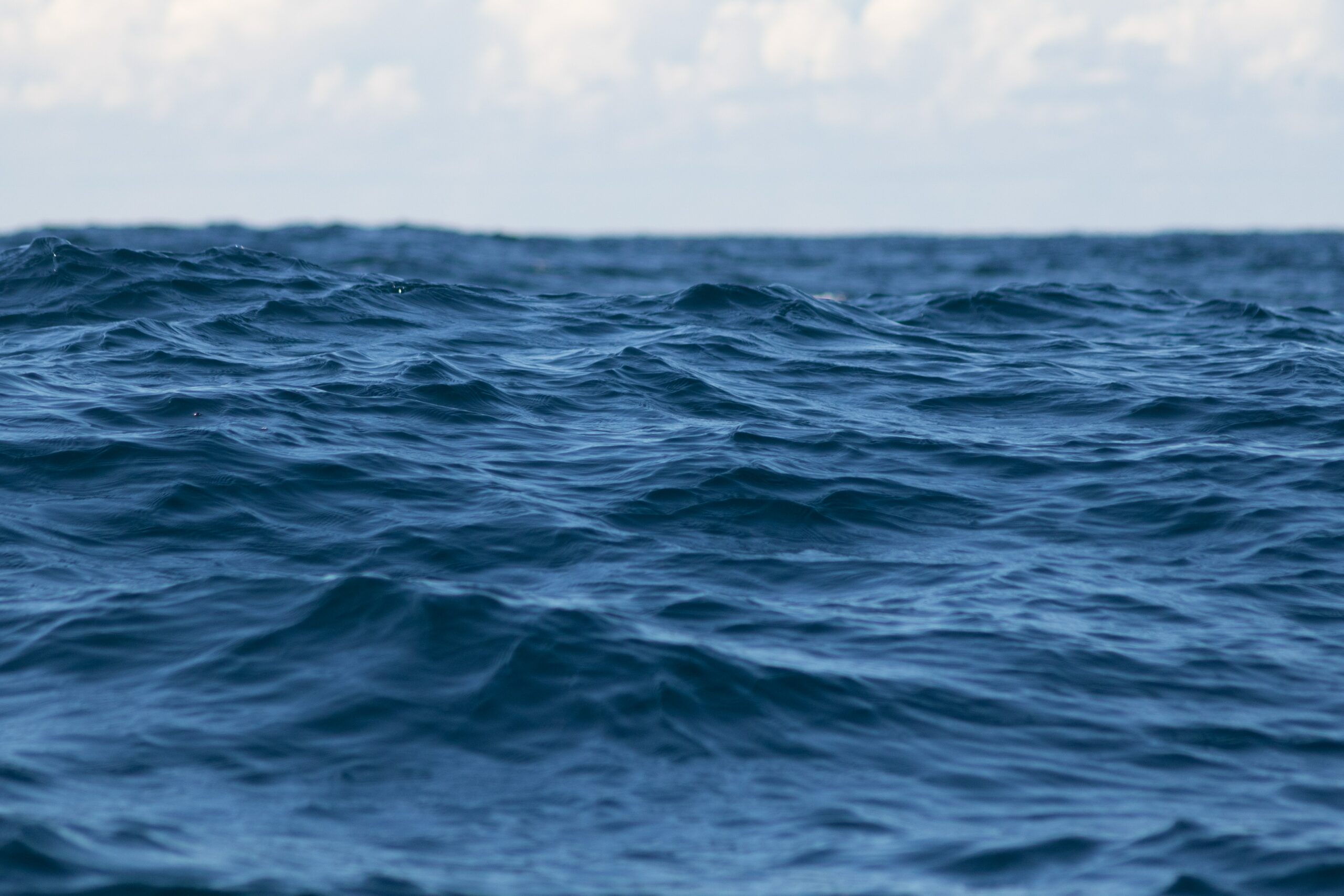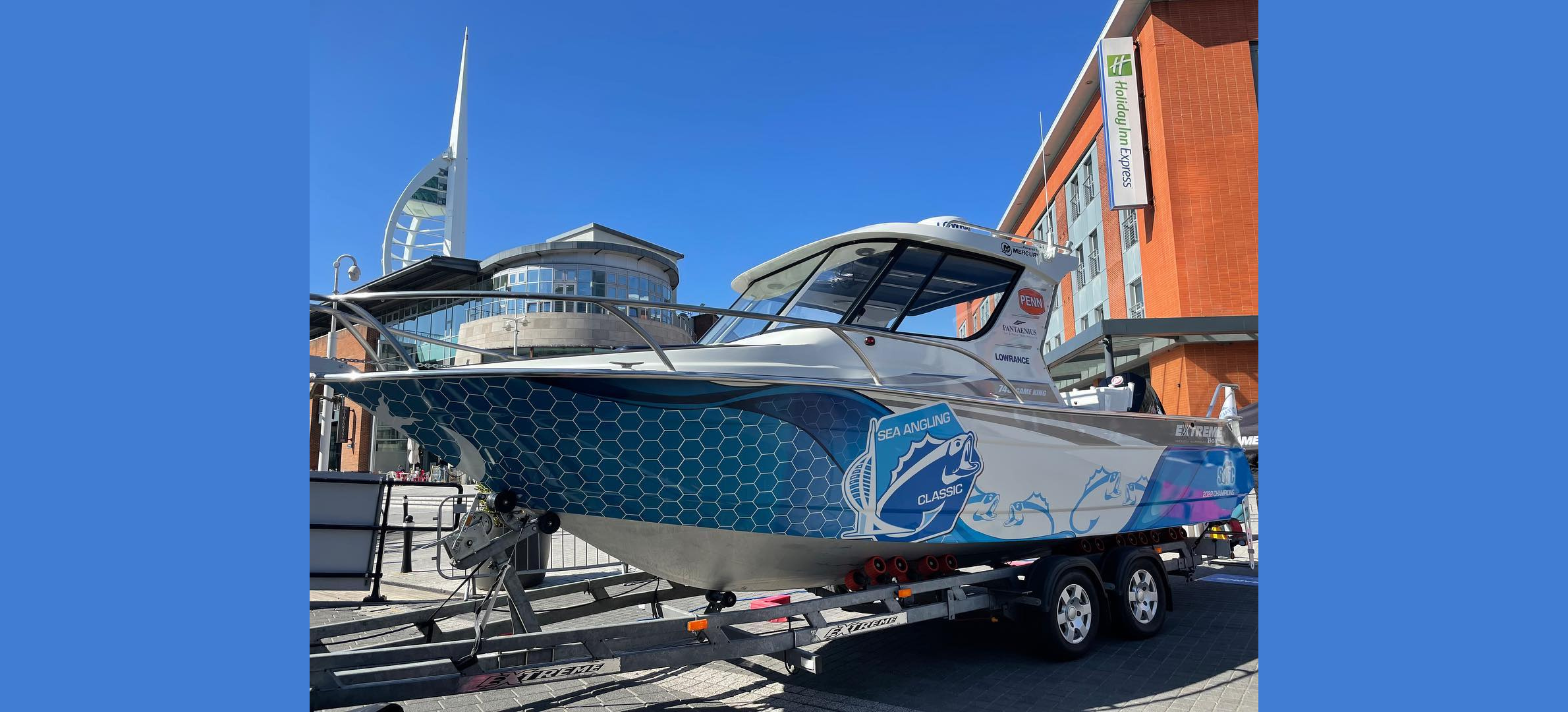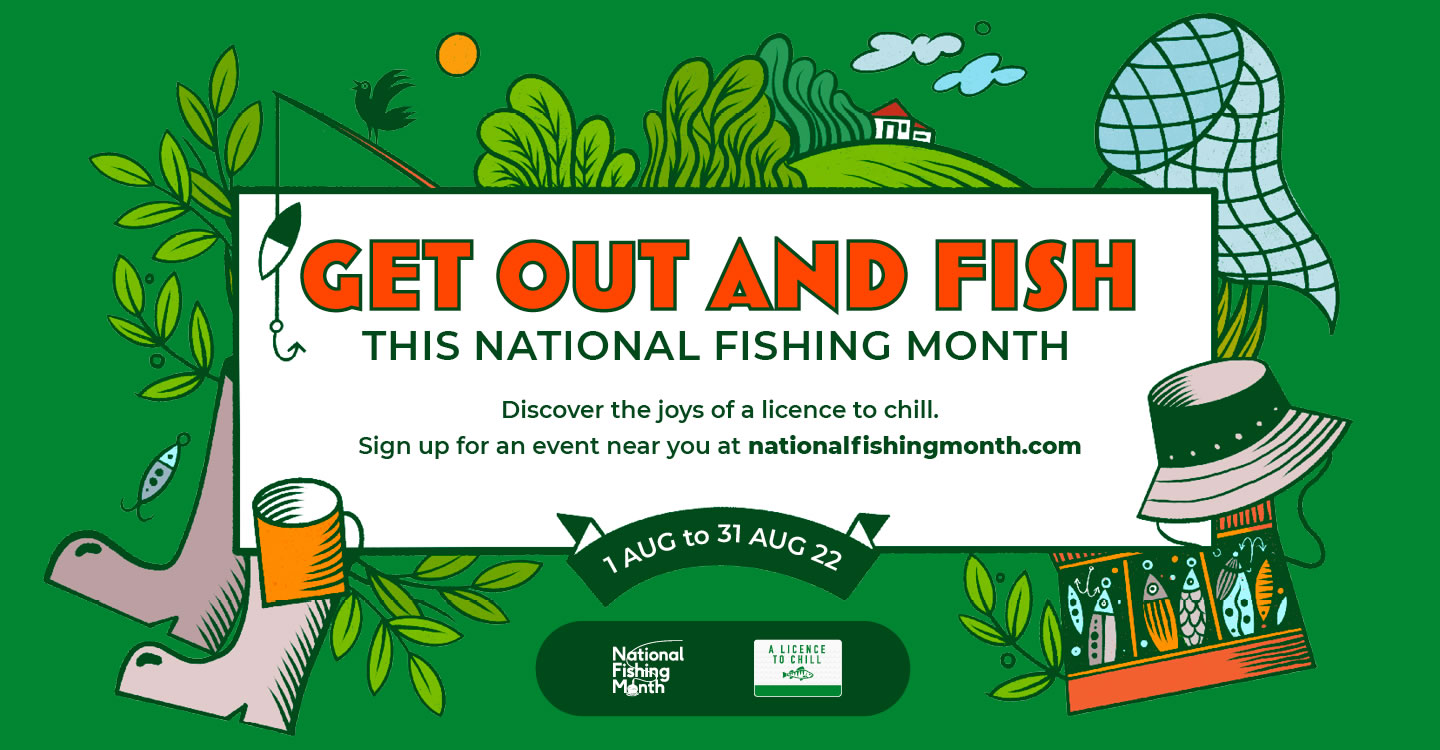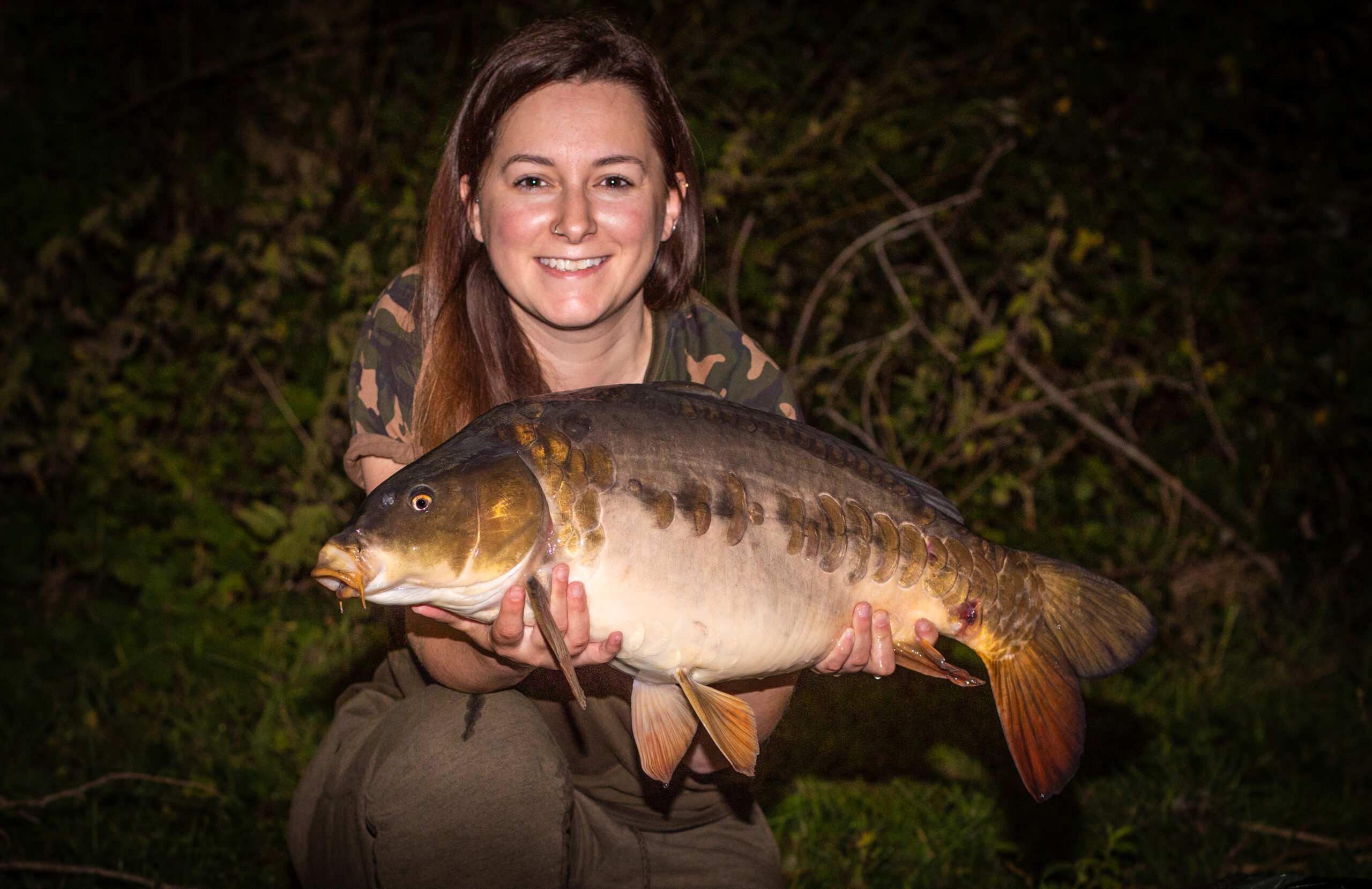
Get Fishing Blog
For International Dark Skies Week 2022 new angler Amanda shares how she discovered a love of night fishing and top-tips for taking fishing pics at night
International Dark Skies Week runs 22nd to 30th April 2022 and provides the perfect opportunity to give fishing at night a try with loads of info online and on social media about what to see at night and why dark skies are so important to all sorts of things like nocturnal animals, astronomy and even our mental and physical health! In this interview we catch up with Amanda, who is a professional photographer by day and works for Angling Direct. Amanda was completely new to fishing and through her work has since developed a love for the peace and tranquility of night fishing and shares how to catch the perfect nighttime photo…
When Amanda started working at Angling Direct four years ago as a professional photographer, little did she know she would soon become a keen angler with a personal best big-fish capture of a 36lbs 6ozs carp! She has also discovered a great joy in learning how to fish at night.
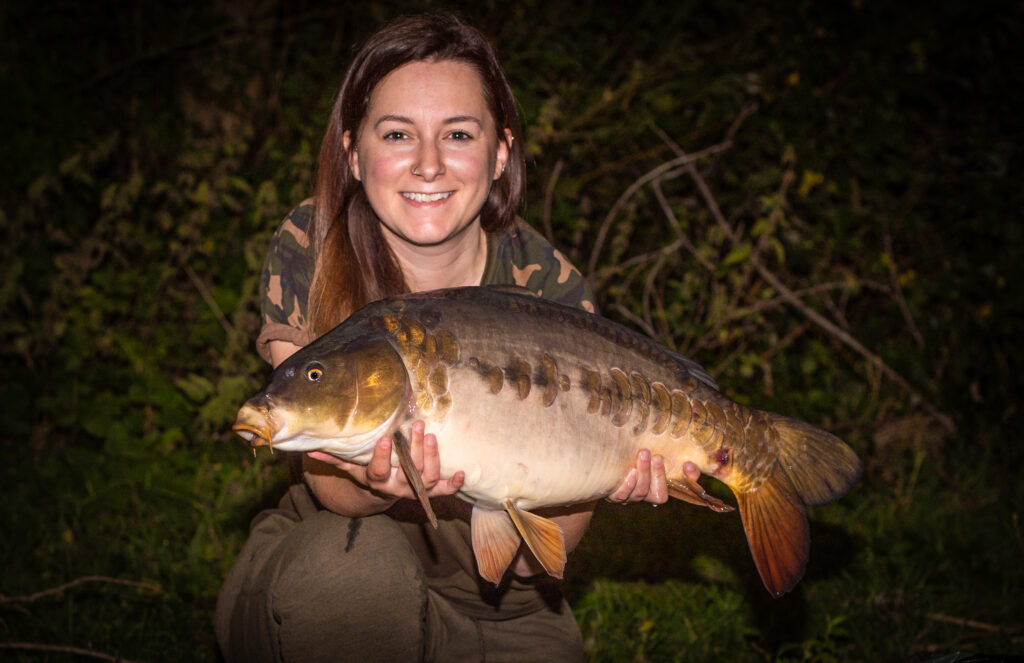
Amanda with one of her night fishing captures!
Amanda got into fishing thanks to the persistence of colleagues between filming and photo-shoots, when she was given the opportunity to give fishing a try.
“I started out doing traditional product shots and moved into working on the ADTV series, which led to my colleague Phil hanging me a fishing rod with a fish on the end at different shoots, and I really got into fishing from that point.”
Amanda enjoys a range of fishing as a relative newcomer to the sport, including carp and predator fishing and also perch fishing. She also has a brother who now also enjoys fishing and has discovered her biggest love: night fishing!
“The first time I went fishing at night, I went with someone, as I felt safer and had the opportunity to share the experience and just try the new experience out to see how it worked. The biggest impact night fishing has had on me is the beauty of nature at night. The sky above you and the stars, along with the peace and quiet is just amazing! It’s a whole other world at night, and the highlight is seeing both the sun set and the sun rise. It is awe inspiring and can’t be beaten.”
“Everything is completely immersive, from listening to the bird songs to being able to escape everyday life – it’s very freeing.”
Amanda has also been night fishing alone at a member-only fishing lake where she said it feels more secure because it’s an enclosed facility so she can simply concentrate on the whole immersive experience. When we asked Amanda if it can seem like a challenge getting pictures at night, she gave us some great advice!
“Trying to get those catch shots during the night can seem daunting but actually its fairly simple because the conditions are usually always the same in dark, so the settings tend to stay the same!”
Here are just a few more ideas and top-tips from Amanda which will help get that perfect night fishing catch shot that both you and the fish deserve!
Tell us about the basic equipment you need…
Amanda: “A camera with a manual mode option and a tripod for the camera. You will also need a continuous light source to light you and the fish up, this is to allow the camera to focus correctly onto the fish. It also gives you more light to work with. A good option that many anglers may already have; is a bivvy light. I use a Ridgemonkey light which has an attachment to connect to a bank stick so it keeps it all nice and hands free. I have in the past used a headtorch when I’m with others who have simply held it for me.”
What about all those camera settings?!
Amanda: “The take-away here is that “Manual Mode is a Must!” Use manual mode on your camera, using auto just won’t get you the shot you want and generally camera’s do not do well trying to get images in the dark… So when you have your camera set on Manual mode, generally you can set the f. stop between f4 and f5.6 (the smaller the number the more light is let through the lens and you will get more of a blurred background). An ISO of around 400-600 (this is the light sensitivity of camera sensor) is ideal and finally, set the shutter speed to 1/125. Aiming along these lines will generally get you to your correct settings or close to them. The lower the ISO the better because the higher you go, it creates more noise, I generally try not to go over 800.”
What can you recommend about how to use a flash at night?
Amanda: “As a beginner, if you have an integrated flash built into your camera then this can usually work fine because it can measure the light automatically by using “TTL”. This is a standard setting for the integrated flash so check for it in the menu of your camera. This will generally do a good job for most shots.”
What’s a good tip to give your pics that “Pro” look at night?
Amanda: “Well, I’d say that if you want your photos to have more of a professional feel to them, then think about an off-camera flash. It’ll do just that, by giving you more control and more options at night but is also a great investment for daytime shots. You’ll have more control over the light and can swivel the light source around – either up and down slightly, or left to right – or both. Something I do myself is to put a small soft box onto the flash creating a softer more spread out light (these can be found on places like Amazon). A flash can get pricey but if you go off-brand you can find some cheaper ones which are just as good with multiple options for different camera types – for example look out for less well-known brands including Neewer, Yongnuo and Nissin.”
It was great chatting to Amanda to hear how an introduction to angling from a friend, family member of colleague can help give the opportunity to someone who might not have normally given fishing a go. Look out for upcoming Take a Friend Fishing campaigns when fishing licence holding anglers will be able to take a non-angling friend fishing using a free one-day fishing licence from the Environment Agency. Date in July and August TBC soon! Don’t forget that you need an Environment Agency fishing licence to fish in lakes, rivers, canals and streams in England.
If you would like to discover more about night fishing opportunities, what tackle to use and where to go, please ask your local friendly Angling Direct fishing tackle shop about venues that allow night fishing near to you.
Did you know… Every Angling Direct store now has a qualified angling coach that has been generously funded by the Environment Agency using money from the rod fishing licence as a way to help more people discover the benefits of fishing.
Learn to Fish! To find out more about local angling events near you to get into fishing or get back into angling after time away from fishing please visit www.anglingtrust.net/getfishing/events
About International Dark Skies Week: It may seem harmless, but light pollution has far-reaching consequences that are harmful to all living things. Effective outdoor lighting reduces light pollution, leading to a better quality of life for all. The dark sky movement is working to bring better lighting to communities around the world so that all life can thrive. Join us in supporting this year’s International Dark Sky Week, learn more about the movement, and discover the night where you live at www.idsw.darksky.org and #idadarksky.
Proudly supported by Angling Direct and Shakespeare
‘Get Fishing’ campaign- supported by
Shakespeare, Exclusive Tackle Partner and Angling Direct, Exclusive Retail Partner
as we all work towards getting more people fishing, more often.
The Get Fishing campaign to get more people fishing more often is funded by the Environment Agency from fishing licence income as part of the National Angling Strategic Services contract with the Angling Trust, and Sport England.








